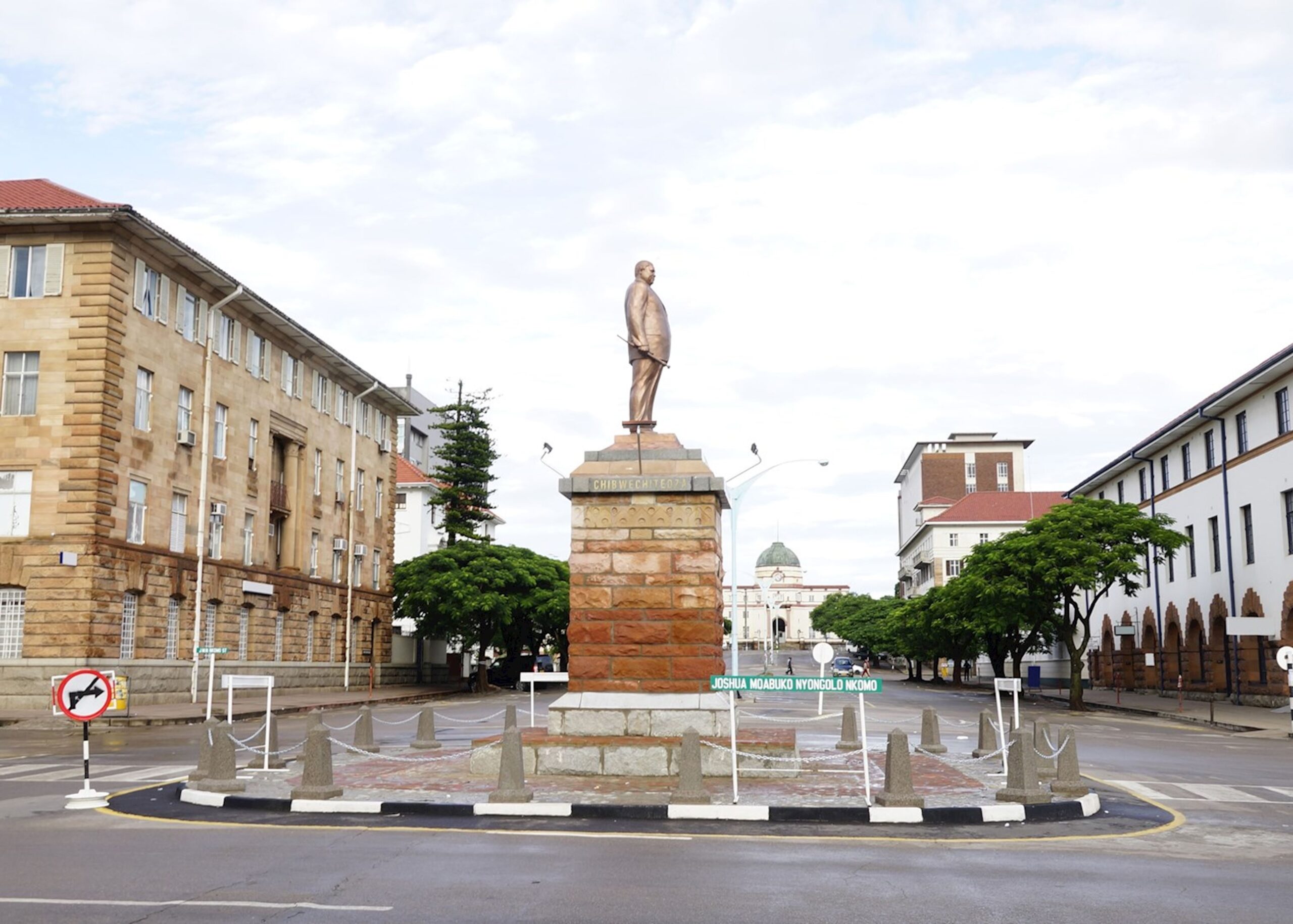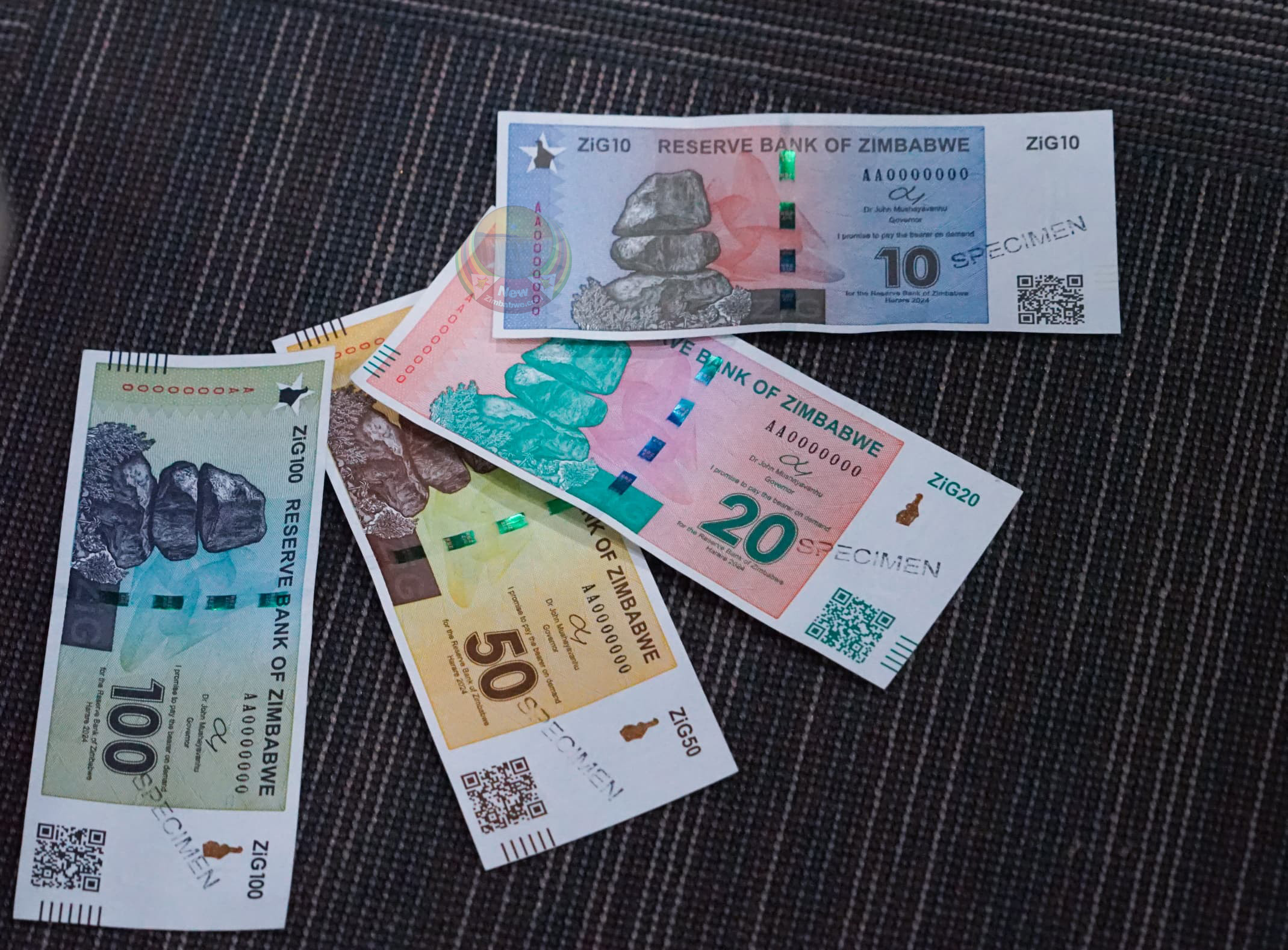A return to a savings culture is needed
Once people are satisfied that the ZiG will remain roughly stable in value, the opportunities arise for a return to a whole pile of practices that were wiped out during the hyperinflation in the first decade of this century.
Longer-term savings, life insurance and pensions have become distant memories for most people, although civil servants with their functioning pension scheme, effectively a pay-as-you-go arrangement, do have some cover in old age.
Generally people spend their money as soon as they earn it, and even US dollars are only stored temporarily rather than saved in the long term.
For most people needing to save for some purchase they cannot obtain on credit, they will save in the old mattress tradition, saving US dollars they have earned or US dollars they have bought as soon as they received local currency.
This is a serious problem. One reason for China’s incredible growth over the past few decades has been the incredible savings culture in that country which created the huge pool of deposits that the business world was able to tap through loans.
There used to be a time when almost every breadwinner in formal employment, and a fair number with reasonable cash flows in self-employment, would have at least one life insurance policy, usually some variation of a whole life policy that would give them an income if they lived into old age.
In fact, selling insurance was one of the very first openings for black Zimbabweans in the financial sector in colonial times. So just about everyone knew someone who sold insurance and in any case the insurance companies never turned a potential customer away.
Several of the better employers put pension plans in place between the world wars last century, and just about every employer had one in place after the Second World War. Some ran their own, others contracted with a major insurance concern, but the application of the concept became almost universal within the formal sector.
Pension contributions and life insurance premiums were the two principal forms of saving, along with paying off a mortgage for a family home. But the pool of cash savings in the pension funds and life insurance funds was easily the largest block of cash available for investment and was tapped by the Government for its borrowing requirements.
Pension funds had to have a minimum percentage of their assets invested in Government and other quasi-Government bonds. Most wanted some “gilts”, as sovereign debt bonds are generally known as, as these were safe and secure, if without the most exciting interest rates, and were reasonably liquid on a secondary market, being bought and sold before maturity.
Roughly speaking, a pension fund or administrator of pension funds would look for a balanced portfolio of property, equities and bonds, although many were complaining as percentage that had to be invested in bonds rose.
This huge pool of savings was hammered badly with hyper-inflation. At least half the wealth stored over decades suddenly vanished.
The investigation led by retired judge Justice Smith found the destruction was some way from total, since the property and equity investments did survive the meltdown, and the judge made a number of recommendations over how those who are or were members of pension funds could retrieve somewhat more than the funds had originally calculated.
No one was likely to get rich from the pay-outs, but at least they would be better than what had been the case, although some pension funds would have to liquidate a lot of assets to make those pay-outs.
Equities did survive the meltdown in almost all cases, but towards the end of the hyperinflationary period were seriously overpriced, largely as a result of being a haven and of people buying them regardless of the price in a desperate attempt to get their money somewhere before it lost all value.
Saving in a bank or building society simply ended. No one held cash for more than a few minutes and even today most people are still reluctant to hold local currency in their bank or in the form of banknotes for more than a few weeks.
There are some saving schemes using US dollars, but these tend to be short-term savings that may have an automatic reinvest command with them.
The moves taken by those with cash did not mean that they spent every cent, but most were looking at investment rather than cash saving, although spending was there, sometimes on things that buyers thought might be investments, such as a motor car, but were in fact an expense since they would eventually lose almost all their value as they wore out.
Along with other factors, such as the drying up of new employment in the formal sector, this helped drive the growth of small businesses.
It is quite likely that a lot of the small businesses were run by an impecunious relative of the actual investor, which helps to explain the number of rather young people you see behind the counter in flea markets and the small business malls and markets.
But 30 years ago quite a bit of that money might well be differently invested in assorted savings and insurance schemes, and in a pension fund. Now the more sensible wage earners are looking for business investments that will produce an inflation-proof income as they grow older.
The Monetary Policy Committee has for some years been setting minimum interest rates payable by borrowers for loans and to those willing to deposit savings at a bank.
With the slashing of the bank rate, the absolute minimum that a bank must charge a borrower, from 150 percent to 20 percent for local currency there will obviously be a significant increase in demand for loans, but without the sort of level of savings that can back a lot of loans, so banks will be lending their own funds rather than what they hold for depositors.
Without some careful management by banks this will lead to a bit of a consumer boom, rather than an investment and production boom. Banks have become rather fond of the loans whose security is the salary of the borrower, and anyone in formal employment can usually borrow money after filling in the long form.
The bank is rarely interested in what the money will be used for, although if things become a bit tight then medical and educational bills usually have priority over a new fridge or car.
At those sort of interest rates we could well see a return to “burning”, people borrowing to buy black market currency or buy equities and then waiting a few months and selling them, having enough to pay back the loan will all interest plus have a profit.
We would hope the Monetary Policy Committee got its sums right and that the interest bill will exceed any likely profit, so a borrower moving in this direction will be hammered.
It will probably take at least a few months, and more likely a year, of reasonable stability before ZiG denominated life insurance and private pension schemes, and even ZiG middle and longer term savings, become even possible, and even then are likely to be used by people putting just a toe in the water.
It will take a long time to restore the trust a decent currency needs and for people to get used to slowly changing exchange rates and low levels of inflation, by which we mean single digit annual inflation and preferably something closer to 5 percent of less a year.
A lot of bad habits crept in as survival tactics during the era of hyperinflation, and even the low-liquidity dollar-era did not reverse that many of these.
The return of high inflation later on when te dollarisation problems became obvious would have made people doubly wary.
But it might be worthwhile for insurance companies and banks to start thinking about what sort of products they could sell and how they would market these products.-ebusinessweekly









